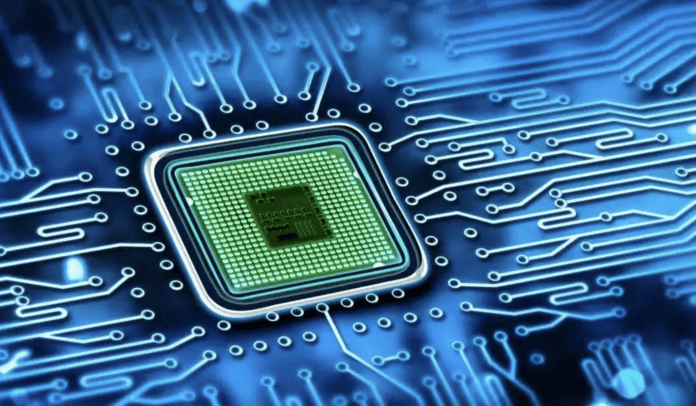Nokia has introduced new software to enable operators and enterprises to remotely manage cellular IoT devices with embedded and integrated SIM (eSIM and iSIM) functionality. The software works with standard consumer devices, as well, but eSIM and iSIM technologies make most difference in the IoT space, including for new 5G-based machine communications, affording providers a means to provision airtime for large numbers of devices in the field.
Unlike with physical SIM cards, eSIM and iSIM technologies afford a way to store and manage multiple subscription profiles remotely. Nokia’s new iSIM Secure Connect software is vendor agnostic, working with sundry network and cloud environments. By virtue of the fact it offers a control plane for eSIM/iSIM-enabled devices, the new software will help IoT providers to launch services quickly, by shipping devices to customers and activating them at the point of use.
The technology is a key part of the IoT market’s mission to scale. Nokia said the software, available this quarter, will “unlock future IoT business and operating models, use cases, and monetization strategies”. Each eSIM/iSIM links to a trusted digital ID for public and private e-services.
The market for eSIM and iSIM capable device shipments, including smartphones, smartwatches and cellular IoT devices, will top €6 billion by 2025, according to stats from Counterpoint Research, quoted in Nokia’s press statement. The growth is down to increasing demand for IoT services, and the cost reductions iSIM technology affords, according to the research.
Hamdy Farid, head of business applications in Nokia’s cloud and network services division, said: “iSIM unleashes a wide range of growth opportunities for service providers and enterprises and enables new innovations that build proven value on top of this new technology. Nokia’s… iSIM Secure Connect will help customers streamline the process of managing millions more device subscriptions and deliver more innovative services quickly and securely.”

